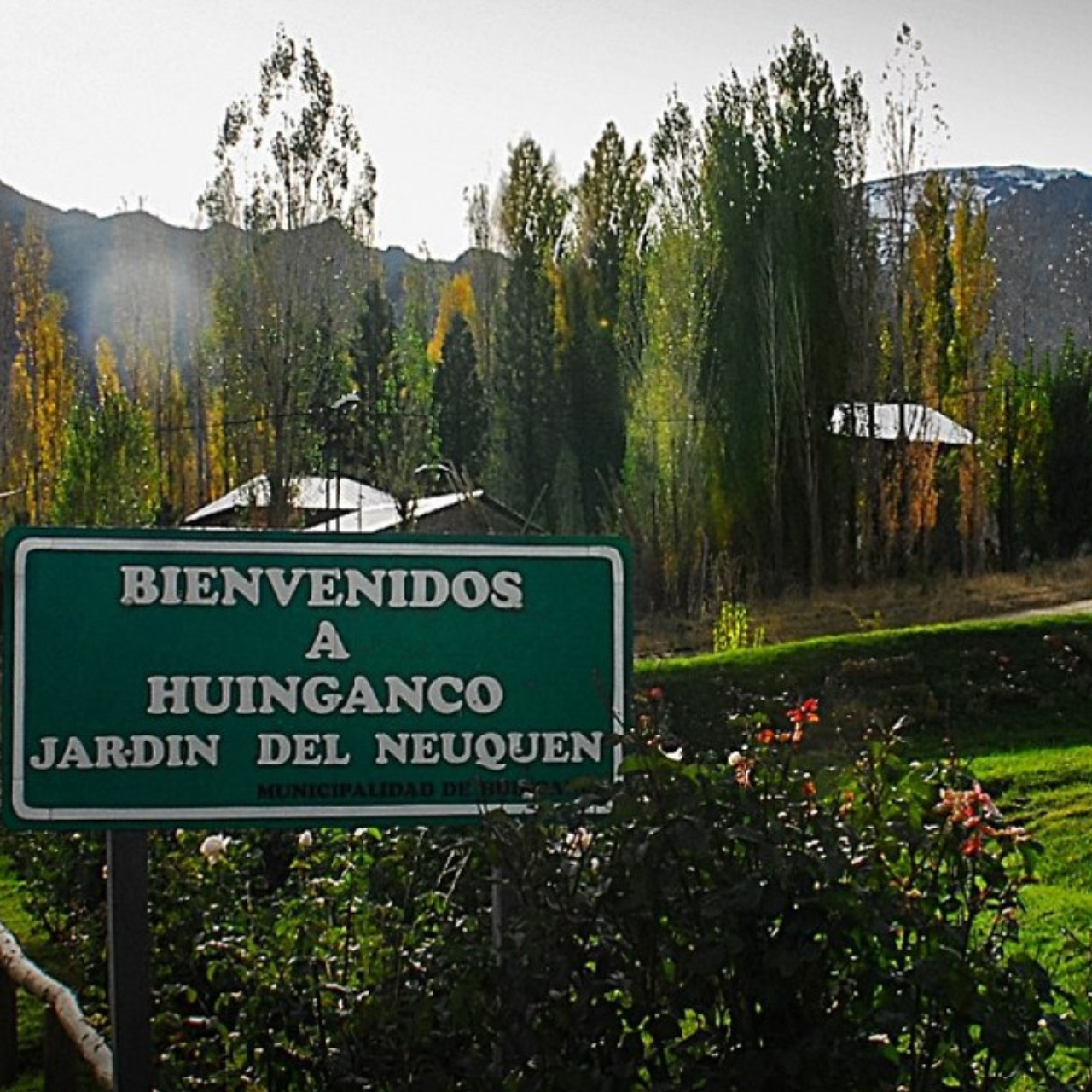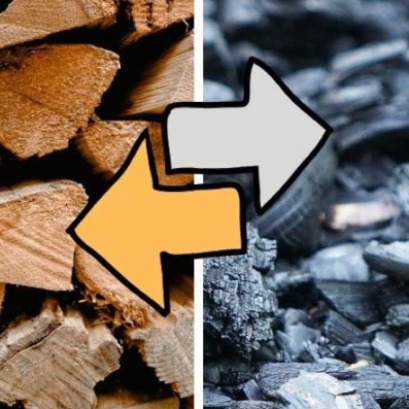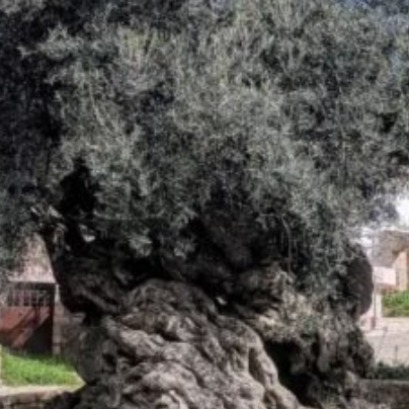
Neuquén: The town that has a hand -planted entire forest and a tree over 1200 years
Known as the Garden of the Province, this Neuquino people resurfaced from the population exodus thanks to the idea of ??one of its inhabitants: that each of them raises a tree.
Trees are a fundamental part of improving the health of the environment, since they not only help clean the air, but also to prevent floods and give home to different species of animals. Such is its importance that the inhabitants of the Neuquina town of Huinganco planted by hand an entire forest and even have a museum with a tree over 1,200 years. It is about the Museum of the Tree and Wood, a provincial nursery that has a cypress 1,200 seniority, which served to create a space where the longest -lived specimen of the window of the wind can be exposed, in addition to other petrified trunks and different native species. Province of its visitors with a striking poster that gives way to the enchanted valley and a boulevard that invites you to know the history of the place. To get there, the provincial route No. 43 and the national routes No. 22 and 40, with sense to the north, where they will be waiting for about 1,100 inhabitants who have a great sense of belonging and desire to be visited on more than one occasion. This sense of belonging intensified during the 60s, a period in which an important population exodus was experienced that exposed the need to create work sources. However, the community did not surrender to the fall in mining exploitation and the production of cattle that caused the bulk of settlers to go from the city. It was then that Temístocles Figueroa, and his son Rogelio, began to look Community in which all the inhabitants contributed their grain of sand. In principle there were only six men who began this task, a number that then amounted to 80 and later to 160, all in order to continue the coniferous plantation, as well as the recovery of native species and the reactivation of the economy of the town. This activity became so important that the production was increasing, to the point that they reached the 3,700 hectares cultivated, which led them to become the first communal forest in the country. Even, an average of 2,000 trees planted by each worker were reached, which helped and cared for the plantations of their classmates. Over the years, these pines gave the necessary raw material to give rise to new jobs in carpentry and sawmills, not to mention the fruits crops that managed to open a factory of artisanal sweets.
IT MAY INTEREST YOU
 Canadian researchers make biochar from wood waste that rivals steel in strength
Canadian researchers make biochar from wood waste that rivals steel in strength
Researchers at the University of Toronto have developed monolithic biochar from wood that can reach an axial hardness of up to 2.25 GPa, similar to mild steel.
 Experts cant believe it, but this tree is the oldest in the world and continues to bear fruit: it is 4,000 years old.
Experts cant believe it, but this tree is the oldest in the world and continues to bear fruit: it is 4,000 years old.
Nature keeps secrets that defy the passage of time, and one of the most surprising examples is a tree that, approximately 4,000 years old, continues to bear fruit today. This specimen has become a symbol of resistance and longevity, capable of surviving climate changes, landscape transformations and human activity itself.
 Combilift Unveils the 2025 Christmas video “Twelve Days of Christmas” – with a Twist!
Combilift Unveils the 2025 Christmas video “Twelve Days of Christmas” – with a Twist!
Monaghan, Ireland – November 2025





















